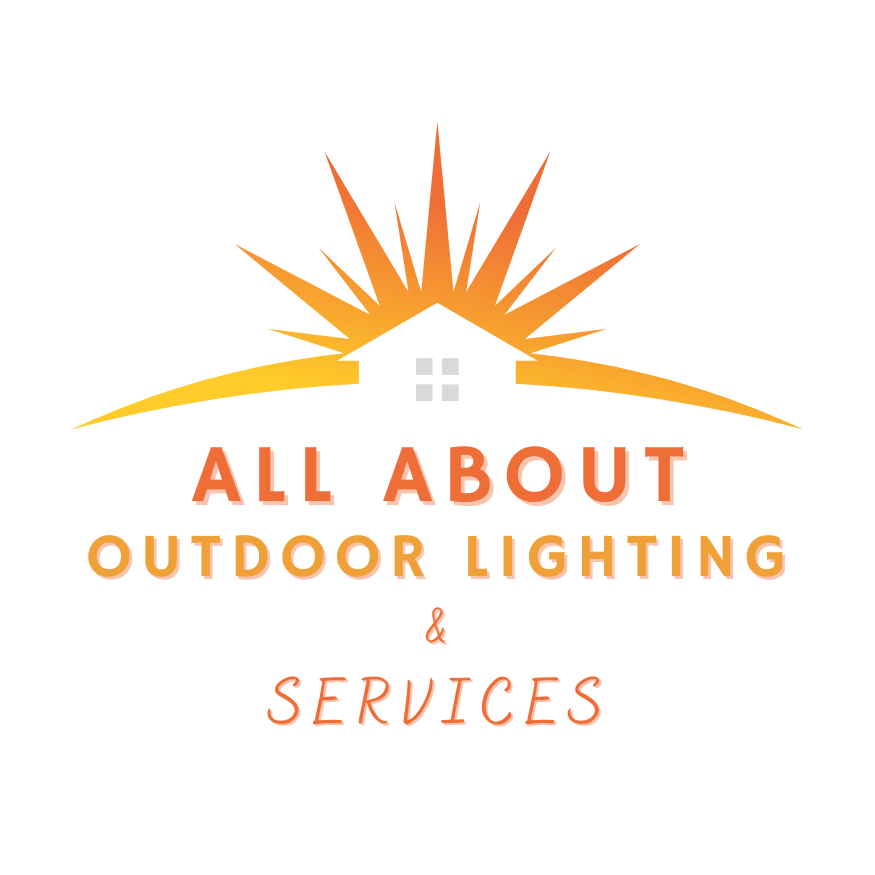Outdoor lighting enhances the beauty and safety of your home. However, when it needs repair, it can be confusing to know where to start. This guide will walk you through the essential steps to troubleshoot and fix your outdoor lighting issues.
Step 1: Identify the Problem
Begin by observing your outdoor lighting. Is the issue with a single fixture, or are multiple lights affected? Check for any noticeable signs of damage or malfunction.
Take a moment to walk around your property during dusk or nighttime. It’s often easier to spot lighting issues in the dark. Look for unexpected shadows or areas that seem unusually dim.
If lights flicker sporadically, it could indicate a loose connection. On the other hand, if they’re completely out, the solution could be as simple as a blown bulb or a tripped breaker.
Ultimately, identifying the problem is half the battle. Pay attention to any patterns – do certain lights go out at specific times? This can provide clues for your diagnosis.
Step 2: Check the Power Source
Ensure that the light switch is functioning properly. If the lights are hardwired, check your circuit breaker to see if a fuse has blown or a circuit has tripped.
Don’t forget about outdoor timers or smart lighting systems. Verify that they’re set correctly, as an improperly configured timer can easily mislead you into thinking there’s a fault.
In some cases, a sudden flicker or complete blackout can stem from an external power outage. A quick check with neighbors can help you uncover this possibility.
If you find the issue lies with your circuit breaker, resetting it can often breathe new life into your lights. But remember, if it trips again quickly, that may be a sign of a deeper problem.
Step 3: Inspect the Fixtures and Bulbs
Look closely at the light fixtures and bulbs. Replace any burned-out bulbs and check for corrosion or damage in the sockets.
An outdoor fixture exposed to the elements may exhibit rust or wear over time. If you notice corrosion, it’s vital to clean these areas or replace the fixture entirely.
Also, while inspecting, ensure that all fixtures are tightly secured. Loose fixtures can lead to misalignment, causing the light to point in unintended directions or not work properly.
While you’re at it, don’t forget to check for any debris or obstructions around the light. Sometimes leaves, dirt, or even snow can block light paths and create the illusion of a failing system.
Step 4: Test the Wiring
If the problem persists, examine the wiring for any signs of wear or breaks. Consider using a multimeter to check connections.
Wiring issues can often be subtle but are critical to your lighting’s performance. If you see frayed wires or loose connections, it’s time to repair them or replace the affected section.
Be cautious while handling wiring; safety should always come first. If you’re unsure about the integrity of your wiring, think seriously about bringing in a professional.
A thorough inspection can save you headaches down the road. Even small tweaks can significantly improve the reliability and efficiency of your outdoor lighting.
Step 5: Consider Professional Help
If you’re unable to resolve the issue or are uncomfortable working with electrical components, it’s best to call in a licensed electrician.
There’s no shame in reaching out for help—many homeowners do it! Professionals have the training and experience to assess and fix outdoor lighting repair issues efficiently.
By hiring an expert, you not only ensure a job well done but also gain peace of mind. They can identify underlying issues that may be beyond your expertise.
Plus, a professional will be able to provide valuable maintenance tips, ensuring your outdoor lighting system shines brightly for years to come.
Wrapping It Up
By following the steps outlined above, you can address most outdoor lighting repair issues with confidence. Remember, safety first! If you’re ever unsure, don’t hesitate to consult a professional.

